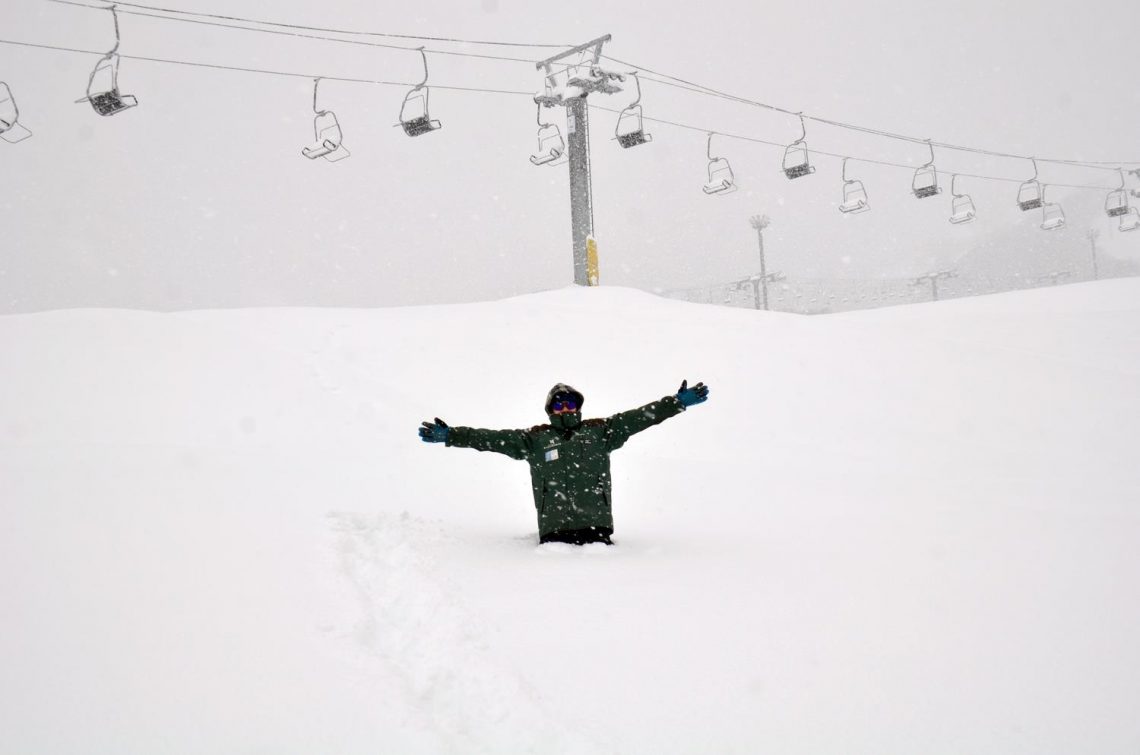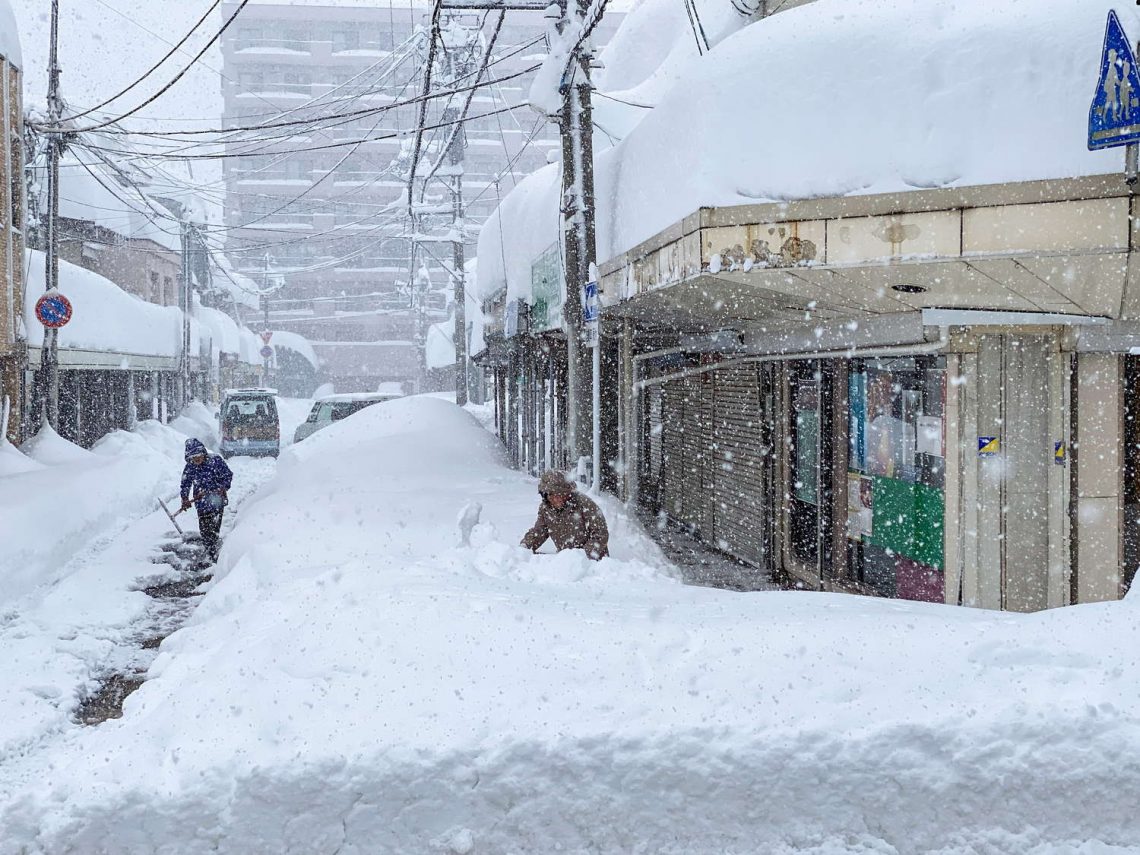Japan Could Be Snowier & Cheaper When Borders Re-open

***Update: on 23 September the Japanese government did officially announce borders will largely reopen from 11 October with visa free travel for vaccinated arrivals, the unvaccinated appear also able to visit if they have a negative PCR test from the previous 72 hours prior to arrival ***
There’s been a lot of talk about Japan easing rules to allow people to arrive individually again, a government announcement has been deemed ‘imminent’ by ski holiday companies and others keen to see international tourism allowed to fully return.
Currently, only guests signed up with an approved tour group can enter and the numbers doing so have been reported in the low thousands each month so far, compared to the several million that entered Japan before the pandemic border closure in early 2000, and we continue to wait the formal announcement of border restrictions being further eased.
The latest positive sign though was the Japanese prime minister Fumio Kishida speaking at a UN meeting in New York and confirming the plan to reopen borders as of October.

There are two other pieces of news that may be good for Japan’s 22-23 ski season and those heading there to ski or board from overseas this winter.
Firstly, Japan’s Meteorological Agency (JMA) has issued its long-term forecast for the coming winter saying it expects it to be a little colder and a little snowier than average, thanks to, among other things, a likely third successive La Niña event in the Pacific, the same factor that has led to similar forecasts further east in North America.
Secondly, Japan’s currency, the Yen, is performing poorly compared to most major international currencies meaning costs for skiers and boarders from most countries are likely to be considerably lower than they were the last time they could visit early in the 2019-20 season. Even the British pound, currently one of the weakest currencies in the Western World, is 9% up against the yen compared to 12 months ago and for other currencies like the euro, US and Australian dollars, the increase is much bigger.





